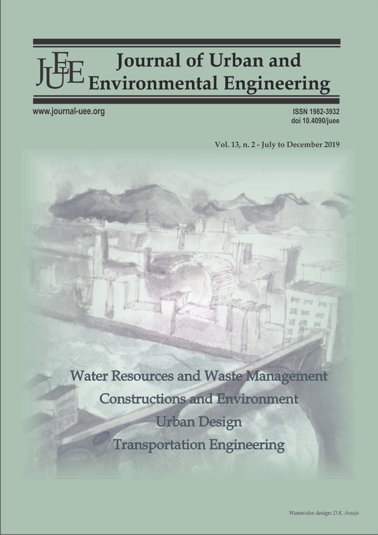ASSESSING HUMAN AND CARBON FOOTPRINT OF RANCHI URBAN ENVIRONMENT USING REMOTE SENSING TECHNOLOGY
DOI:
https://doi.org/10.4090/juee.2019.v13n2.257-265Abstract
In the present study, the total carbon emission of rapidly growing Ranchi Urban Agglomeration (RUA) was estimated in geospatial environment considering certain factors. The carbon emission estimation is based on the increase in human as well as vehicular population and loss of vegetation cover employing standardized conversion factors. The rapid built-up expansion (180%) and human population growth (223%) during 1975-2010 led to innumerable socio-economic and environmental impacts including deterioration of urban ecosystem. The built-up expansion as observed through satellite images reflects degradation in the natural ecosystem primarily apparent on forest ecosystem in RUA. The study reveals that after reorganization of Ranchi as state capital (post 2000), the carbon emission was more prevalent as compared to the earlier periods. The estimates of carbon stock (terrestrial carbon) represents that the vegetation cover, attributed as the major source of carbon sink, was lost and leads to emission of total 2.44 metric tonnes of carbon during 1975-2010. The vehicular based carbon emission estimation exhibits high level of carbon emission in RUA (198,038,728 metric tonnes) during the year 2010. The population distribution pattern in wards of Ranchi Municipal Corporation revealed that the wards located in the selected city core northern, north-eastern, eastern and south-western parts emitted than the mean city carbon emission (>38,500 metric tonnes) as compared to the wards located in central, north-eastern, south-western and south-western parts (>60,000 metric tonnes). The study suggests towards urgent imposition of regulations for rapid land use transformation together with preservation and growth of carbon sink locations of RUA.Downloads
Download data is not yet available.
Downloads
Published
2019-10-06
Issue
Section
Articles




